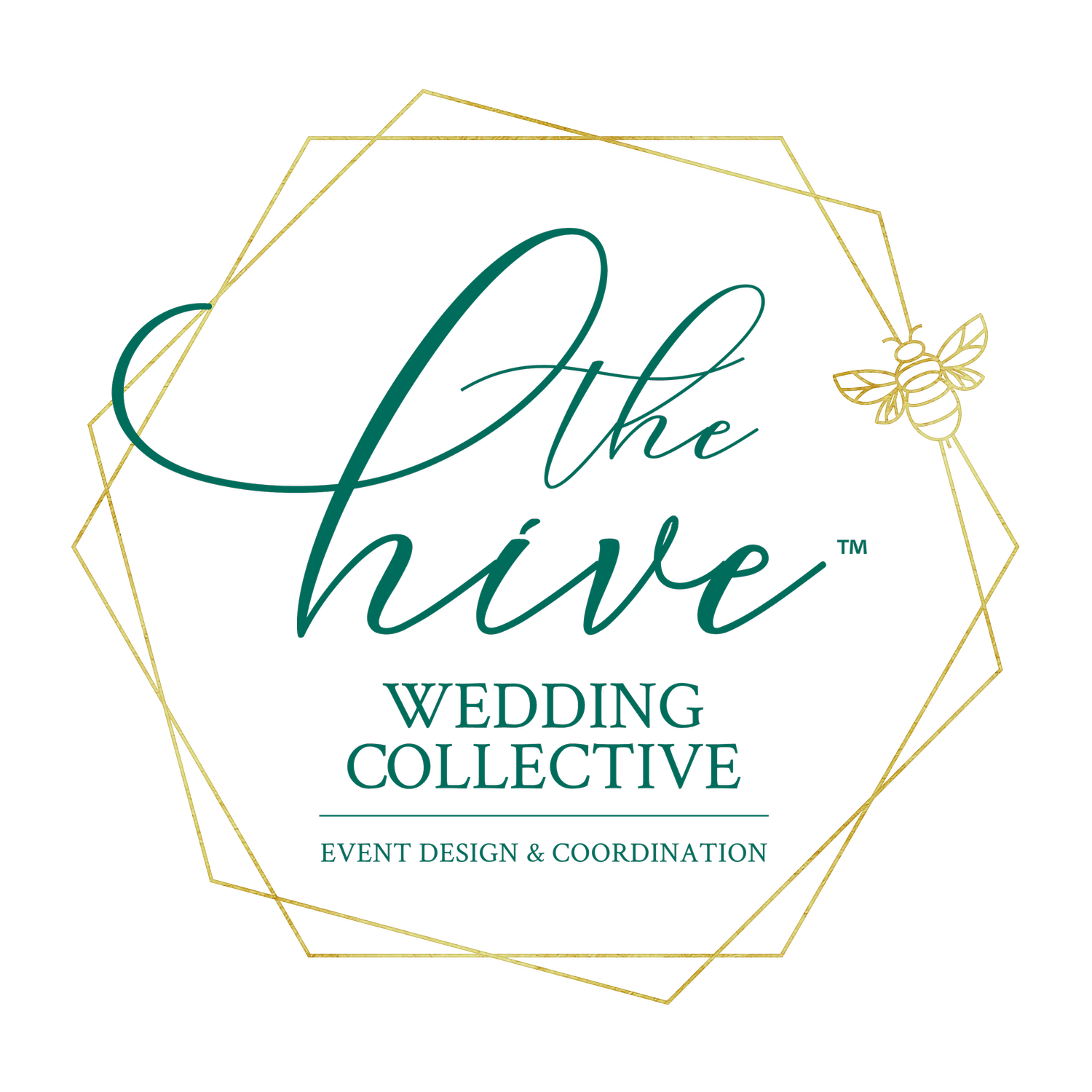How to host an inclusive wedding.
1. Mix Up Your Wedding Parties
If you’re planning to have wedding parties, it doesn’t need to be all bridesmaids on one side and groomsmen on the other. Feel free to choose the people that have played a meaningful role in your life, or the life of your relationship with your partner, to stand with you at the ceremony, regardless of gender.
2. Consider How You Address Your Invitations
Is there a traditional way to address invitations? Yes. Do you need to use it? No! The invitation sets the tone for your event, so why not make it inclusive? If you’re addressing the invitation to a couple, for example, just use both of their full names instead of Mr. and Mrs. Bradley Pitt. In addition, if one of the guests is female, you can put her name first on the invite!
3. Choose An Officiant That Marries All
Your wedding ceremony might not require an officiant that is LGBTQ+ friendly, but we think it's nice when an officiant is inclusive and marries all types of couples. Love is love! There are also countless ceremony scripts that embrace modern, feminist language that speaks to a partnership instead of traditional scripts that are tied to religious institutions that use the words 'obey' and refer to a woman being created as a gift for a man. Yikes. Take some time to lay out a ceremony that speaks to your marriage and cut out whatever does not.
4. Select A Venue That is Accessible and LGBTQ+ Friendly
Selecting your wedding venue is one of the first, and most important, decisions that you will make when planning your wedding. In addition to finding a venue that fits your style and budget, look for one that is LGBTQ+ friendly and open about it. Check out their IG page, do you see couples of different sexual orientation, gender expression and race? Does their website list their property as LGBTQ+ friendly? Vendors tend to put out to the public what they want to get back, so their marketing can say a lot.
In addition to being LGBTQ+ friendly, also look into if the venue is accessible. Distance between the events of the evening, restroom access and seating should be easily accessible to all guests.
5. Have an Inclusive Bouquet Toss…If you Do One
We know that Beyonce’s “All the Single Ladies” is the greatest bouquet song selection of all time, but that doesn't mean only ladies wanna catch those flowers!
Invite all singles to the dance floor for the bouquet toss, regardless of gender. Or even better, invite everyone! Whoever catches the bouquet will be lucky in love.
That being said, if you aren’t feeling the bouquet toss just skip it. In fact, feel free to skip any wedding tradition or activity that does not bring you joy. There are no laws around having to do all the things and don't be afraid to keep speeches for the rehearsal
dinner, skip the cake cutting if you don't care about that, skip the bouquet toss, garter toss, parental dances, etc. if you don't want to do it. This is YOUR wedding.
6. Ask Your Guests Pronouns With Their RSVP
More and more couples are selecting to have their guests RSVP online and in addition to being green, it’s a great way to gather more information about your guests to improve their experience. While you’re finding out if they are attending and what they would like to eat, ask their pronouns. In addition to being affirming, it normalizes the conversation. If you know the pronouns of your guests, consider adding them to the seating cards when printing.
7. Take Time to Select a Meal For Dietary Restrictions
Dietary restrictions are common and you should take some time at your wedding tasting to select a strong dietary friendly meal. The steak, chicken or fish is what most of your guests will select but your vegan or gluten free guests will be thrilled to eat more than the salad. A thoughtfully selected meal that is plant based and gluten free should always be offered, even if it’s a silent entree. Caterers should take allergies seriously as well, so always ask and make note of the allergy and guest seat with your catering team.
8. Specify Your Wedding Dress Code, But Not The Attire
Communicate your wedding dress code (ex: cocktail, semi-formal, black tie) to your guests on your wedding website or invitation, but leave the attire open to them. Not specifying gowns for women and suits for gentlemen will leave guests free to dress in the way that flatters their body and makes them comfortable!
9. Have Inclusive Pre-Wedding Events
If you’re having any pre-wedding events or parties, consider opening them up to all genders. Instead of a bridal shower, have a wedding shower with both of the lovebirds, for example. A lot of pre-wedding events are female-identifying-focused, but we think that there is fun for all here. Bachelor and Bachelorette parties can also include both
genders and you can even combine them into one big party!
10. Choose Your Vendors With Intention
This is perhaps the most important piece of advice here; select your vendors wisely. Your wedding is an investment in your love and guest experience, it is also an investment in your community. By selecting vendors that are themselves women, LGBTQ+ or BIPOC owned you are literally lifting up these people with your money. For many the expense of a wedding is one of the few opportunities that they will have to direct thousands to minority owned small businesses, directly supporting them. In addition, when your wedding is over, tag your vendors on social platforms, so that other couples who are inclusion-minded will have an easier time finding them!


